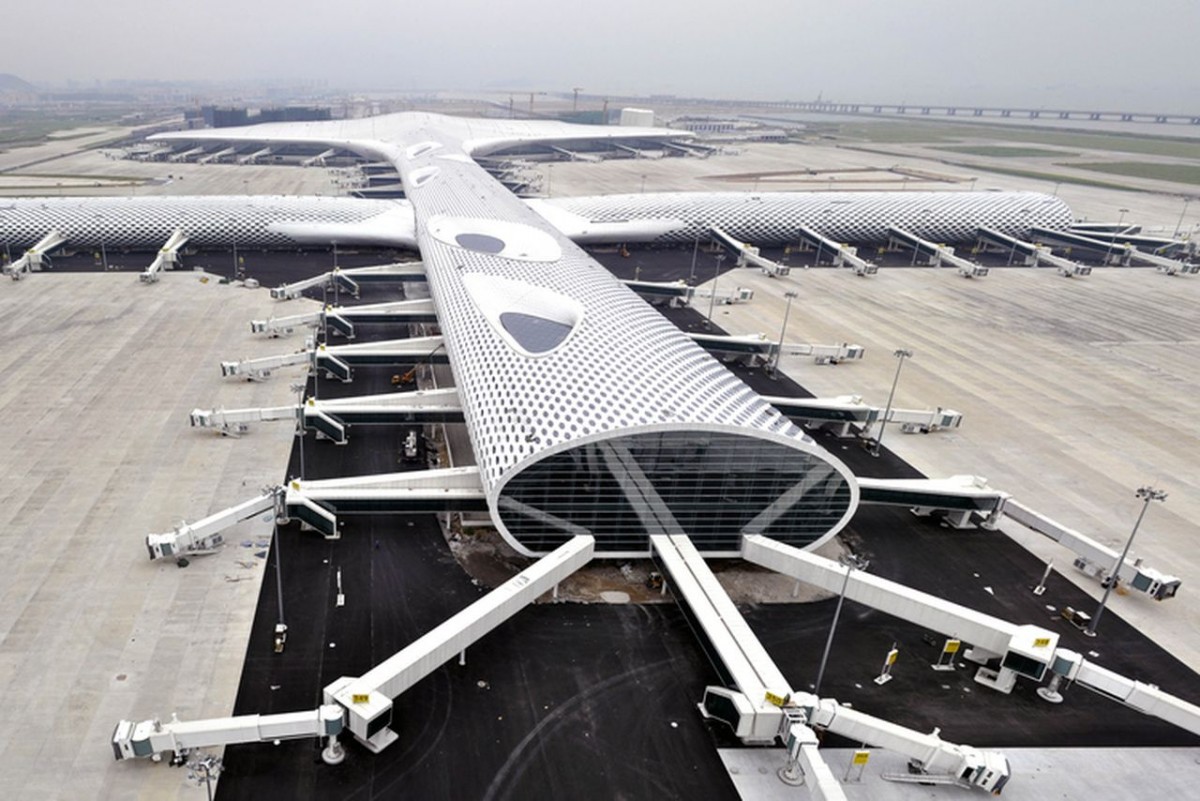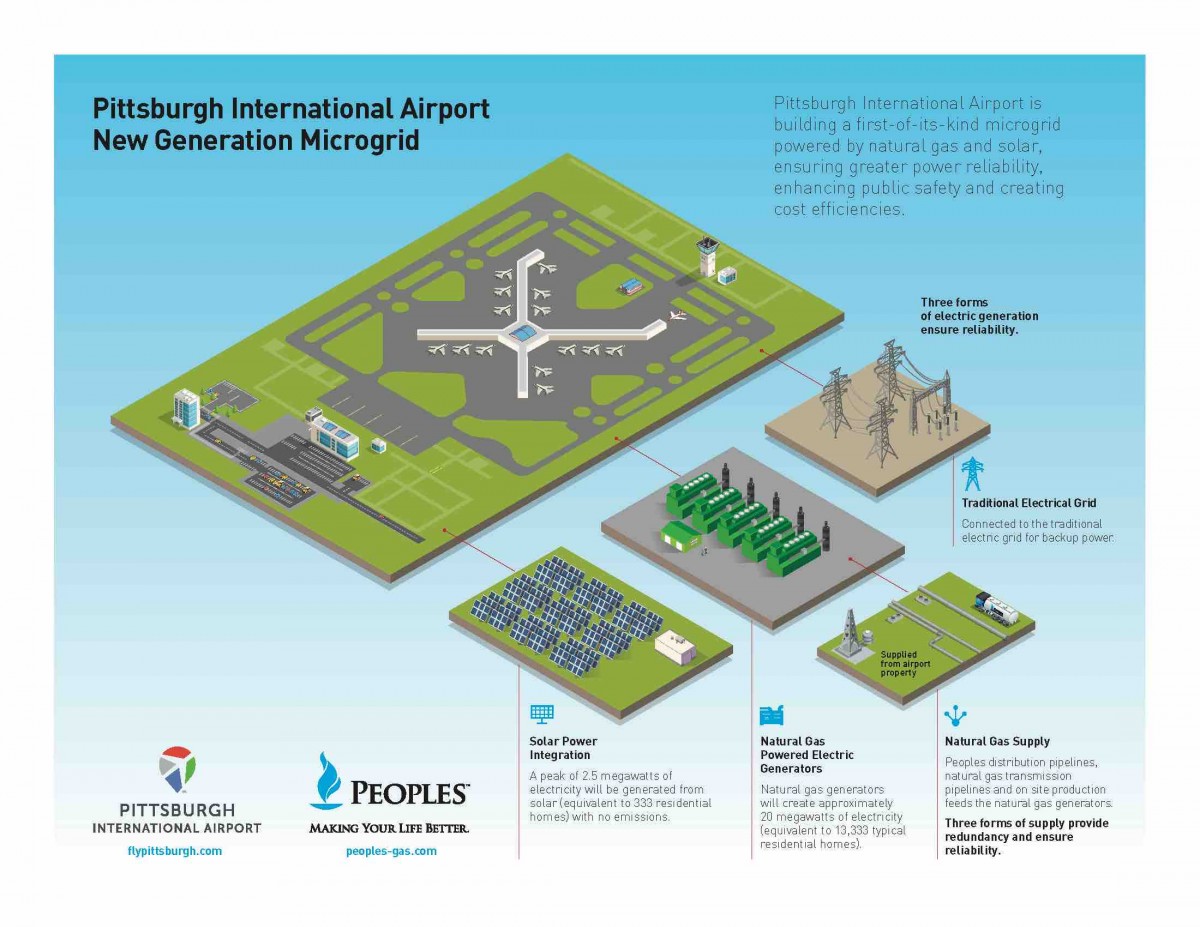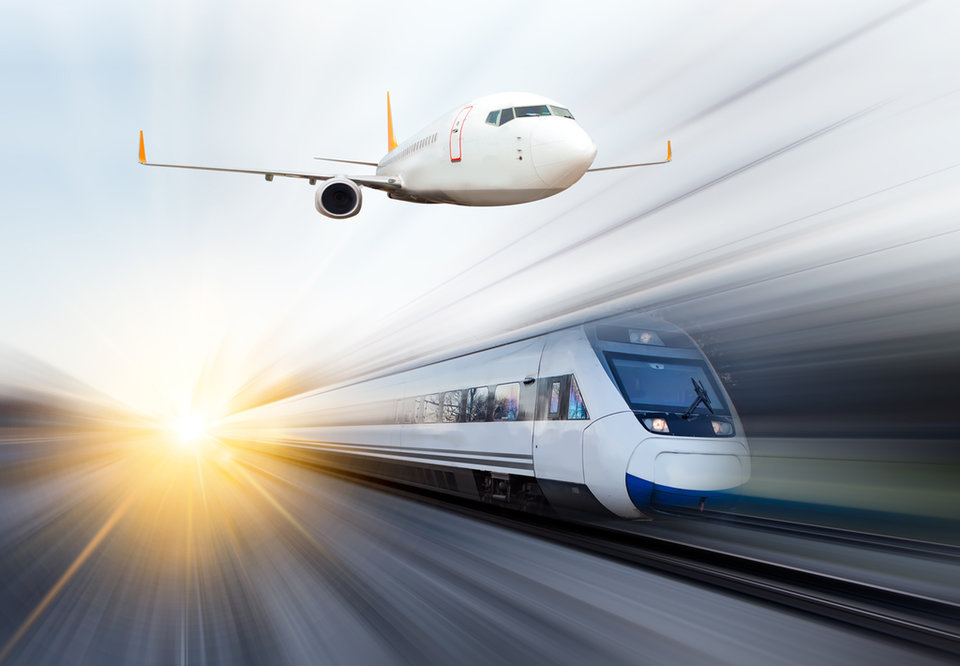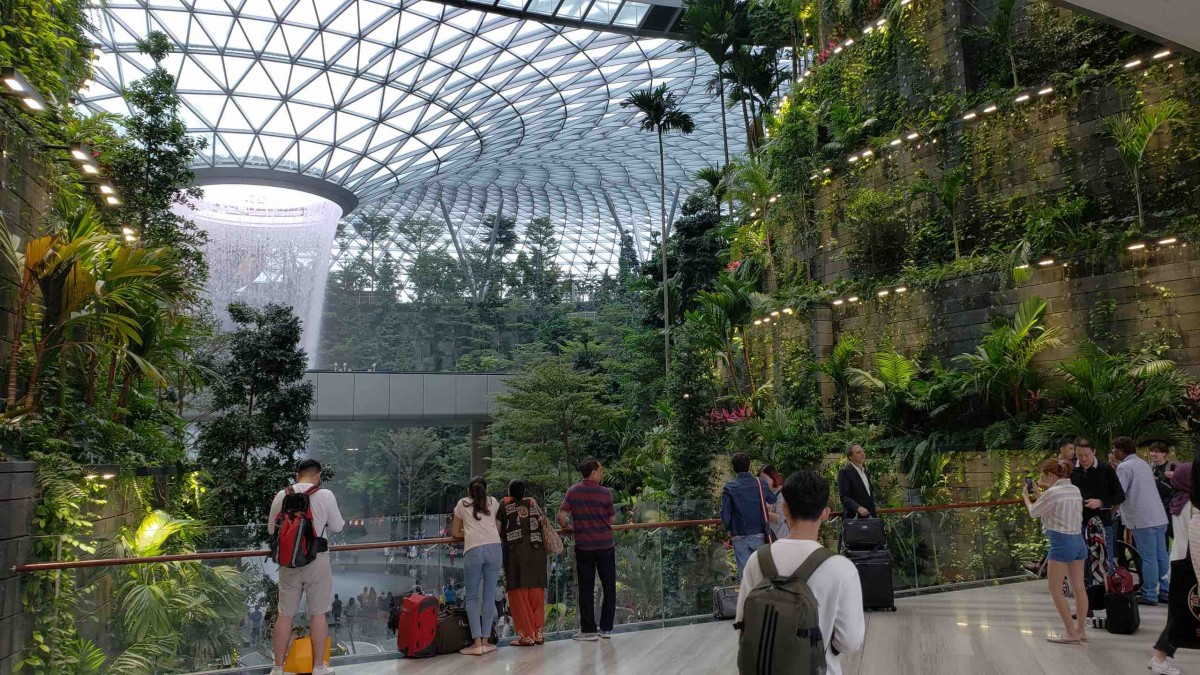Innovate Ground Access
How people travel to the airport—what transport nerds like myself call ground access—is one of the biggest sources of pollution in the aviation industry. Every day, thousands of passengers and employees drive to the airport, generating enormous quantities of CO2. Convincing them to not come by car would be a huge step towards decarbonization.
To do that, smart airports and smart cities invest in comfortable and convenient connections between the airport and the surrounding region. In Hong Kong, I almost always take the express train to the airport: it’s quicker than driving, it’s cheaper than a taxi, it runs every 10 minutes and—most importantly—it’s designed for people who are traveling with luggage. Smart airports also incentivize employees to use public transit by offering discounted monthly passes. And in areas where public transport is limited, they’re deploying car-pooling apps to empower their employees to travel together.
These initiatives sound great in principle, but there’s a big catch. Airports make a lot of money off of parking. Globally, it’s the second largest source of non-aeronautical revenue; and in North America, it’s #1. In our current business model, airports have a huge financial incentive to encourage their customers to drive to the airport. Given the environmental challenges that we face, that business model isn’t future-proof. That’s an uncomfortable truth that many people in our industry don’t want to hear.
We need to steer airports away from their dependence on parking—but that will only work if we can offer new opportunities to generate revenue. Some airports have started charging a flat access fee to all customers, regardless of how they come to the airport. Others are finding more lucrative uses for the land that is currently occupied by parking. Singapore Changi, for example, recently demolished its central parking facility (pictured above) and replaced it with The Jewel, a mixed-use shopping, entertainment, and hotel complex (pictured below).





